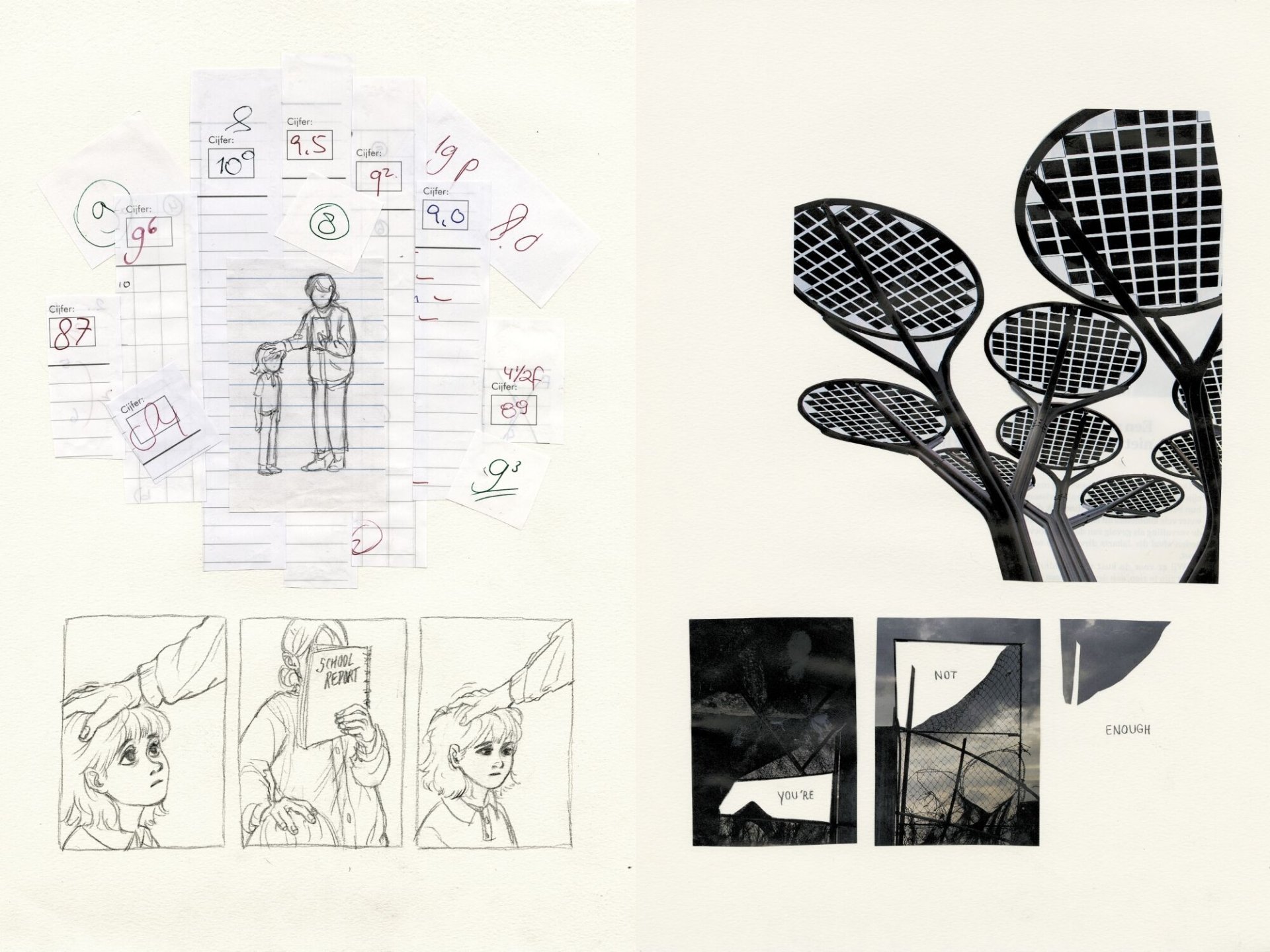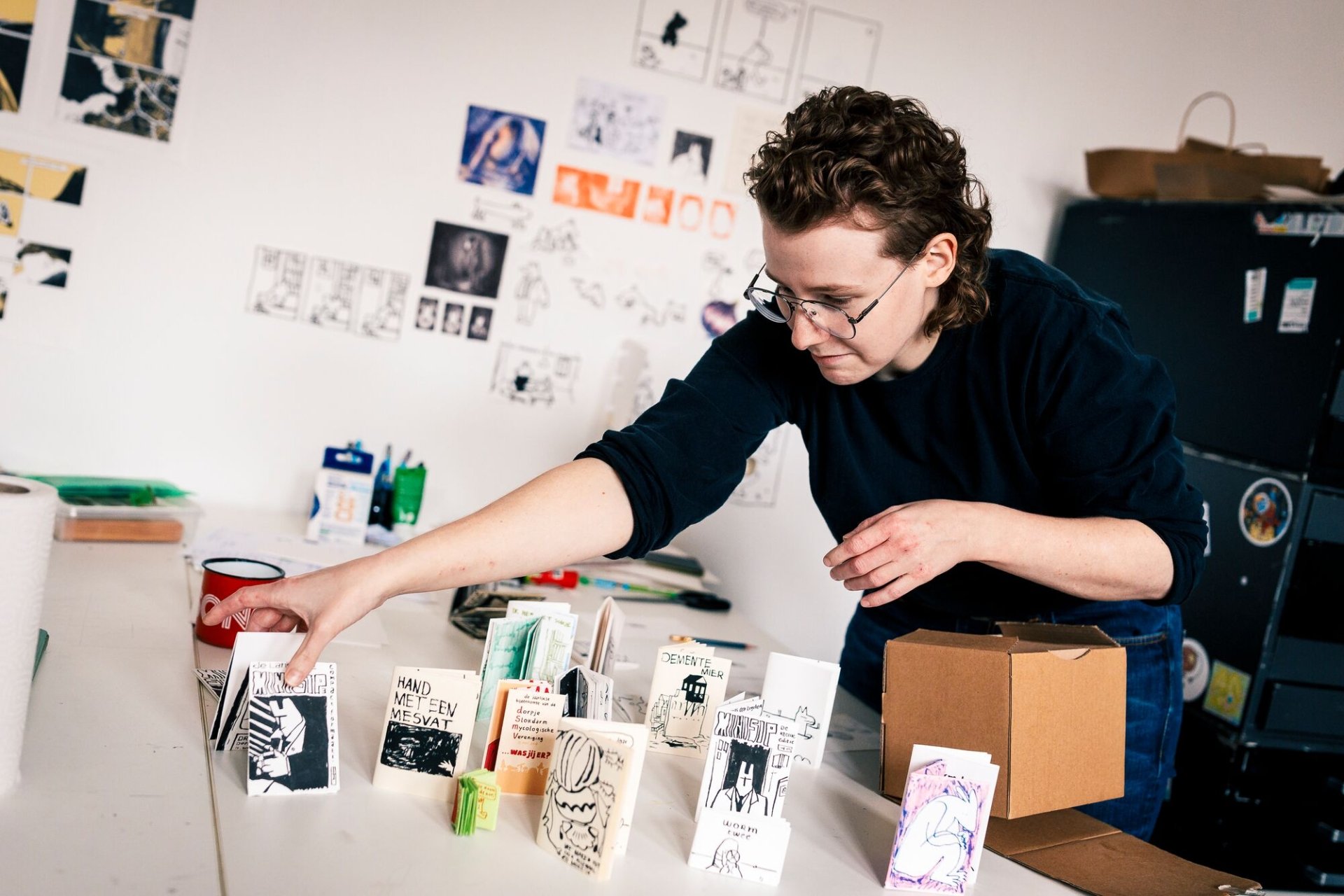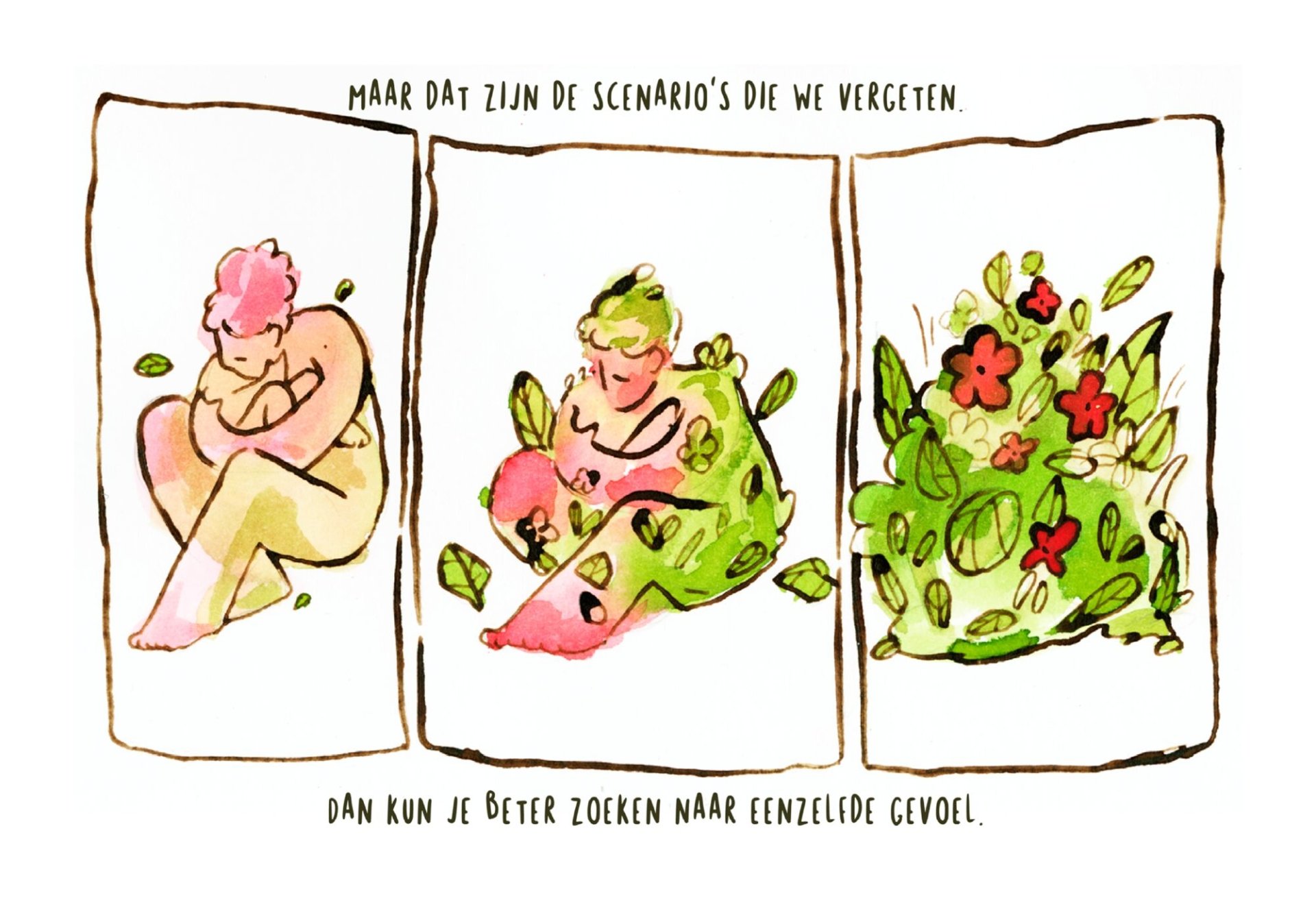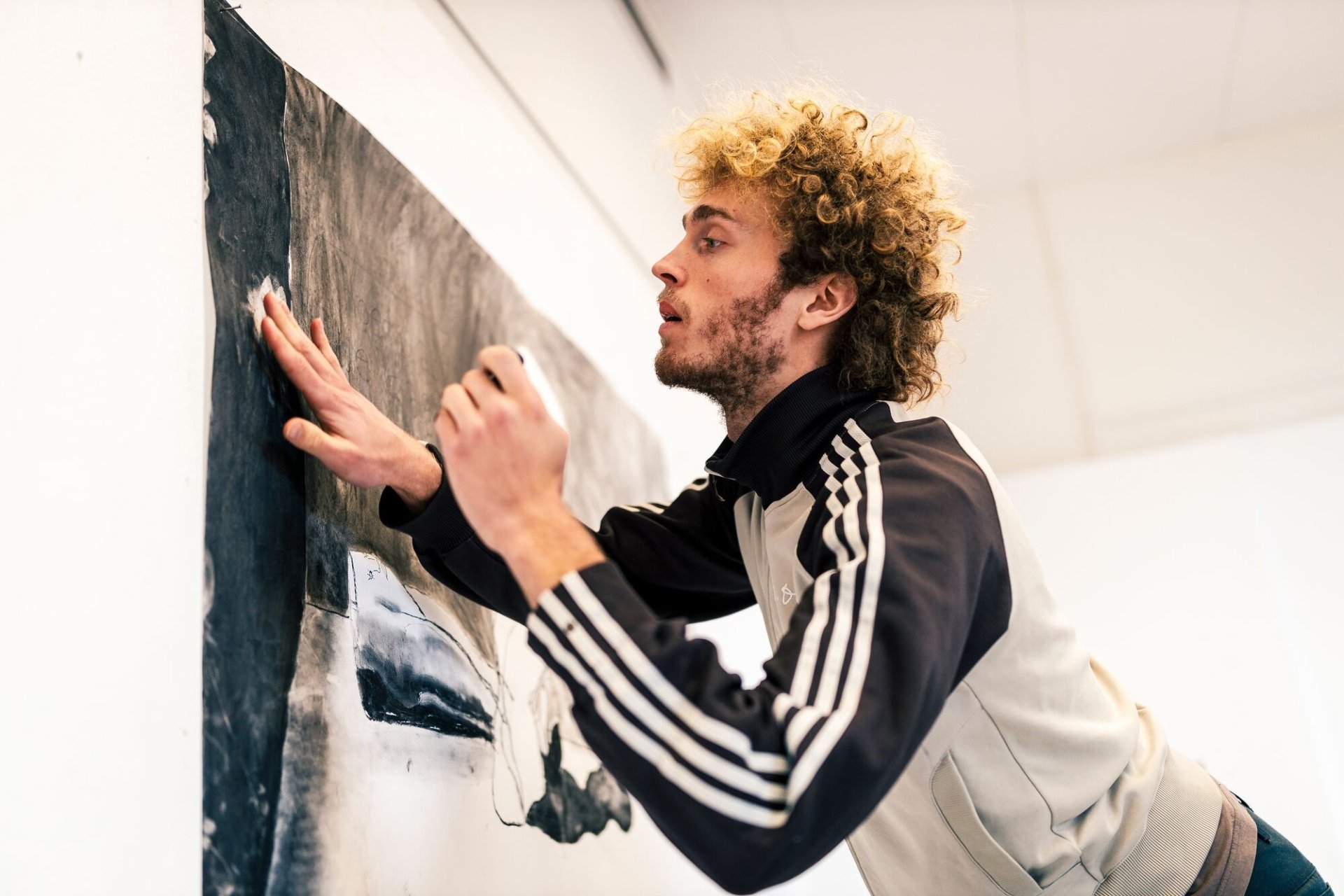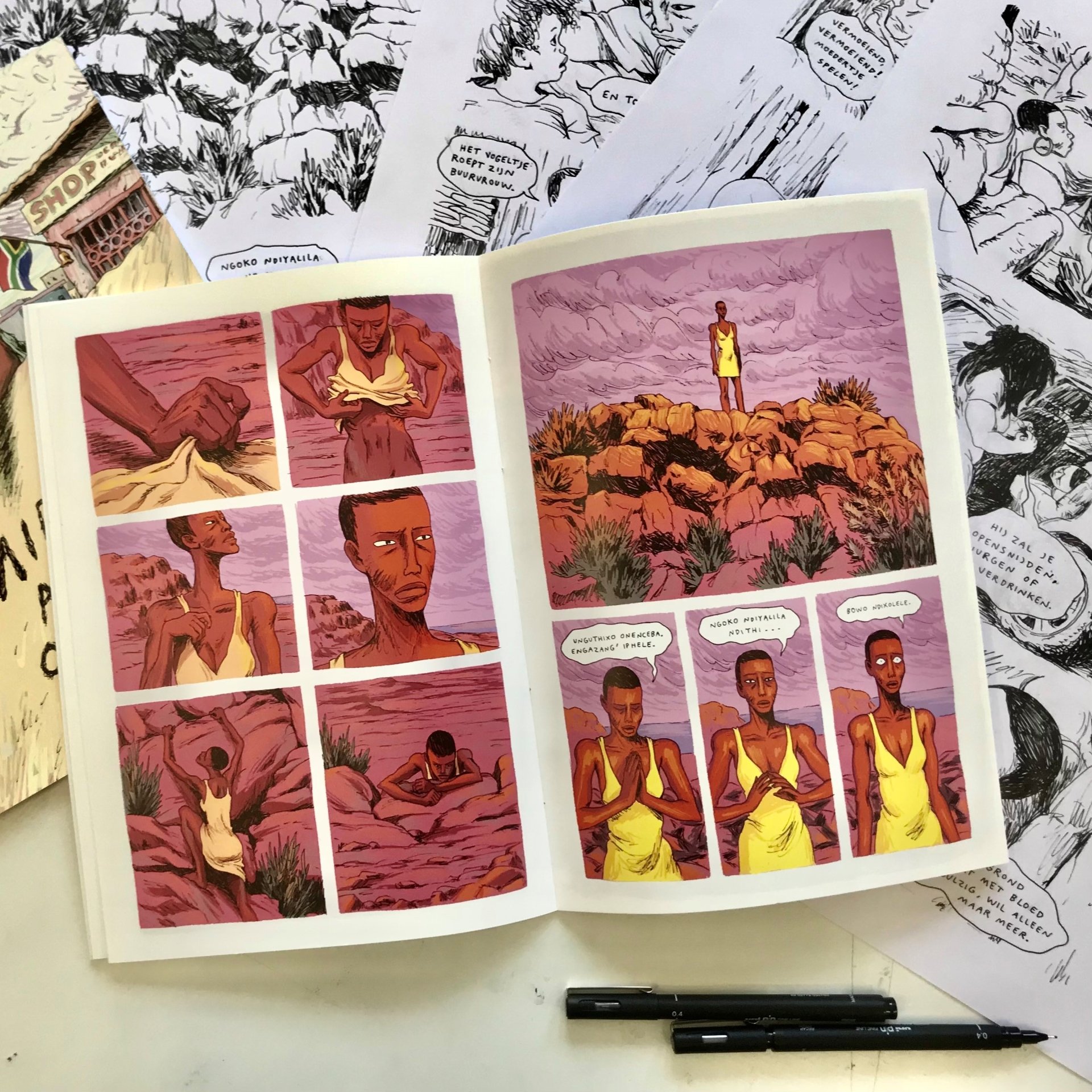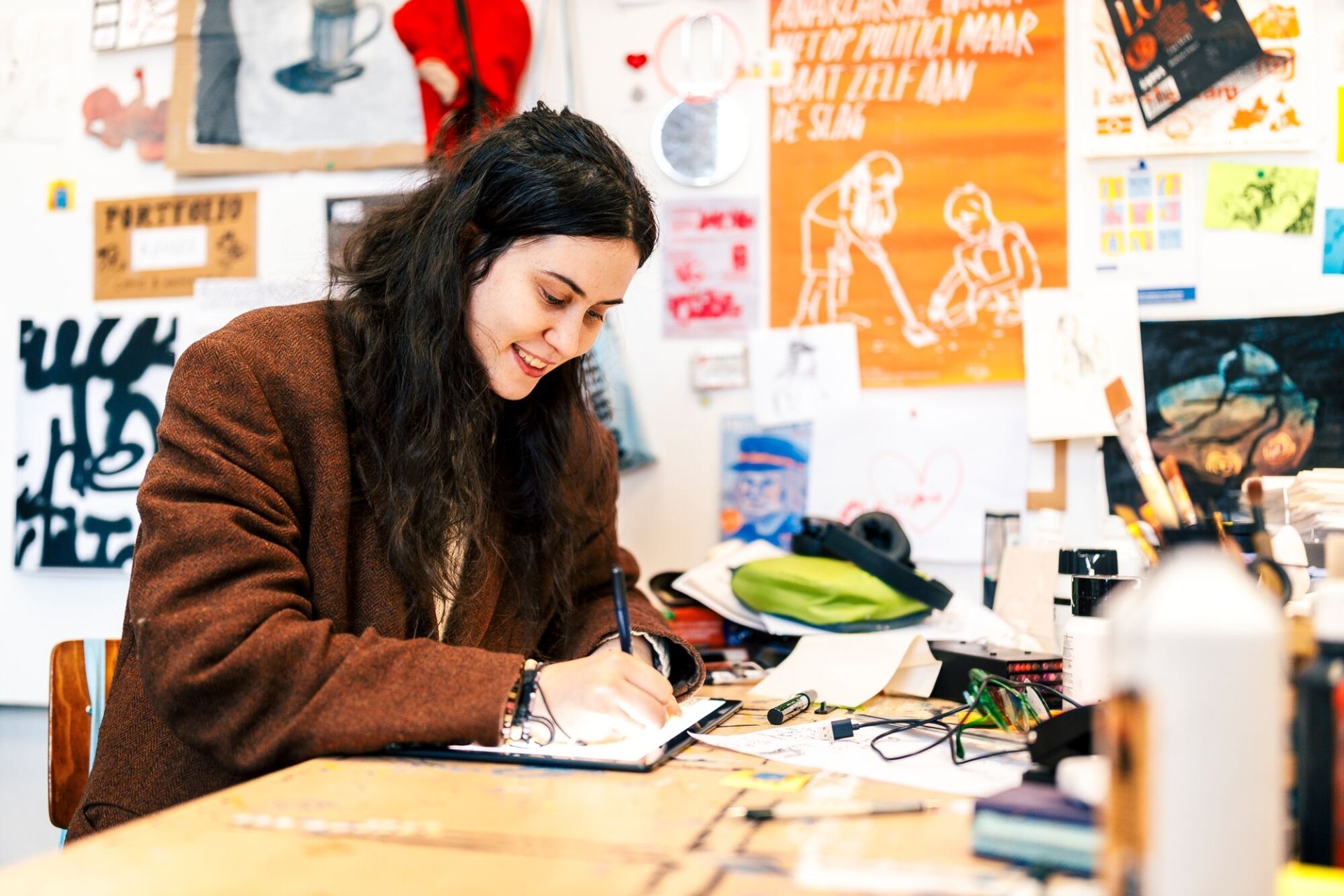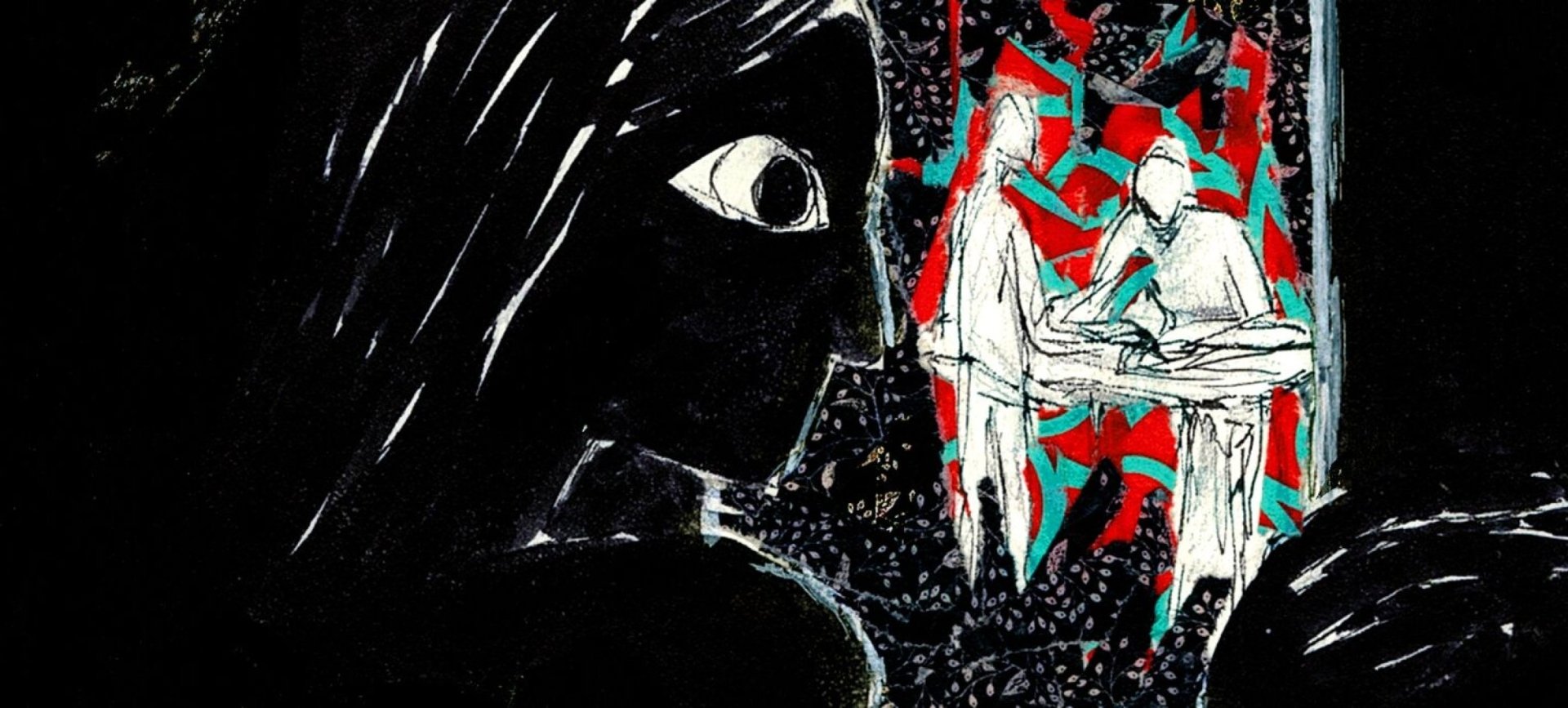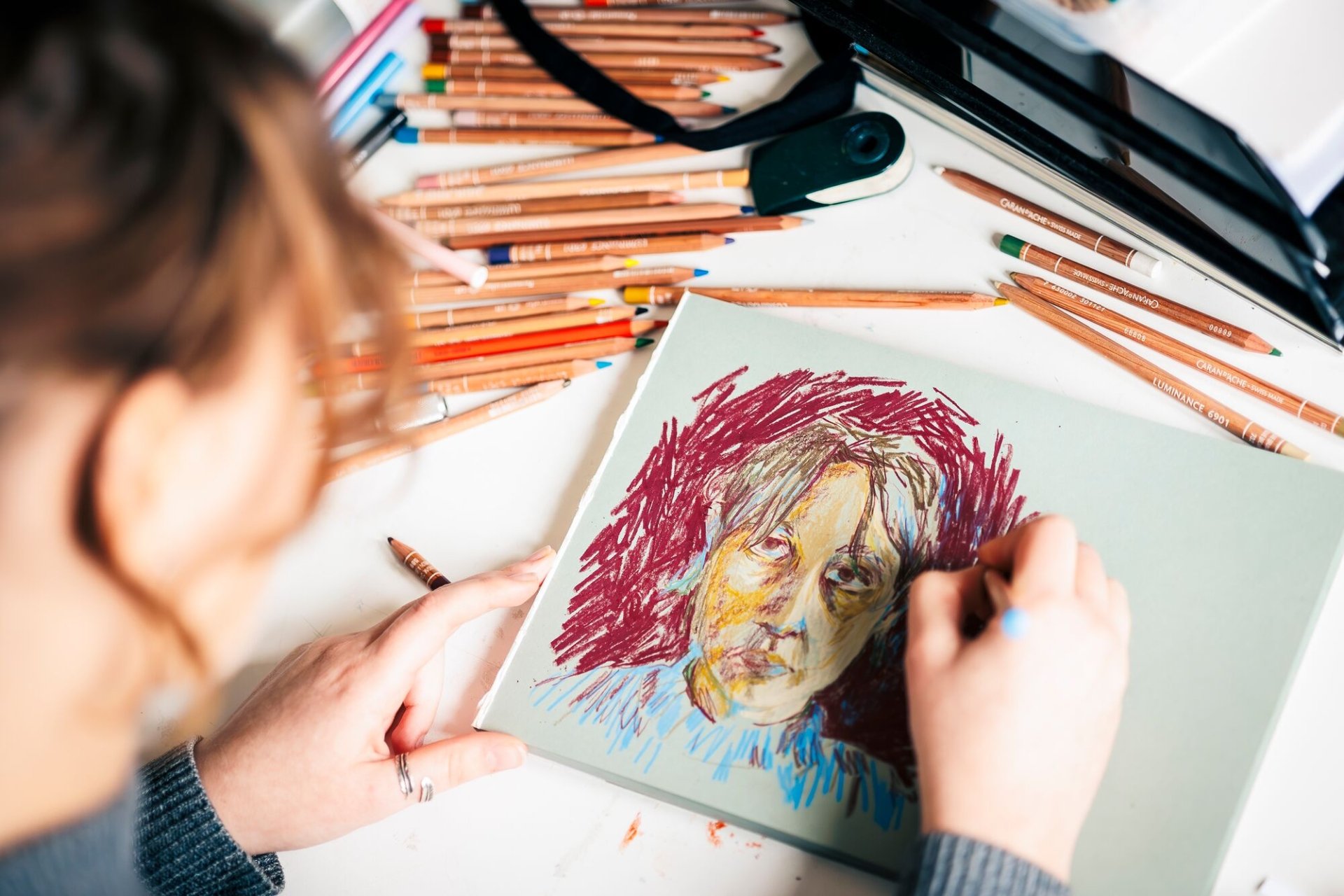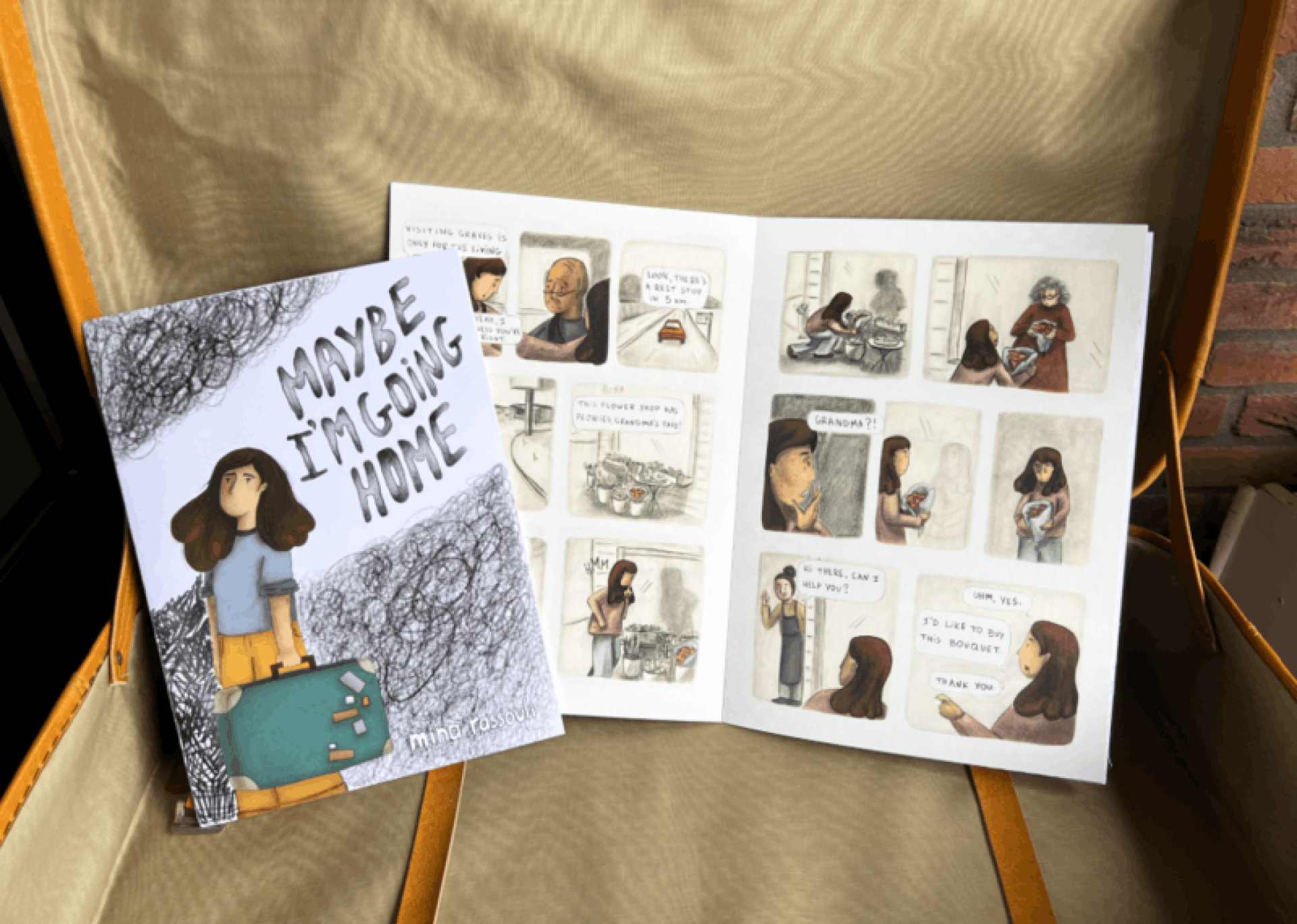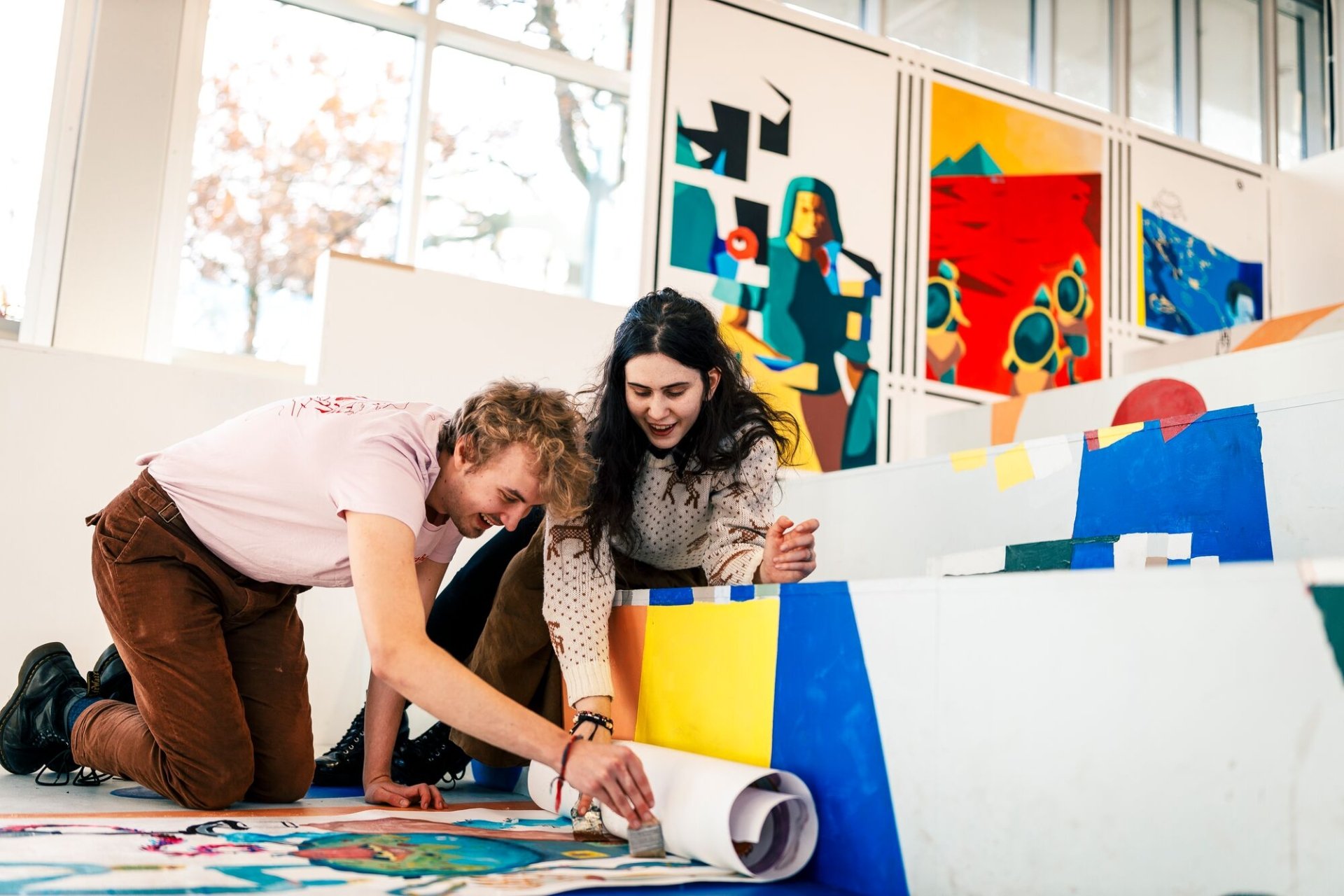Course
CourseMaking comics, visual stories, graphic novels and art in general requires initiative, courage, flexibility and perseverance. At Comic Design, you will learn to create comics by experimenting with visual media, materials and techniques and tell stories from your personal vision and engagement with the world.
Observation as a starting point
During the study, there is a strong focus on perception as the starting point for your images. Perception is about the form of representation as well as about understanding and interpreting what you are looking at. You learn to look sharply and critically and ask questions about what you see. This helps you to tell stories. Drawing/painting by observation is important to create recognisable images.
The ability to tell stories
To create comic strips, of course, you must also enjoy telling stories. During the Bachelor in Comic Design, you do a lot of research and practise creating your stories in an authentic manner. So, it is not just about what you tell but how you tell it. You also learn to look very precisely and critically at the way others interpret your stories. You learn to critically reflect on the communicative qualities of the story.
Course structure
Doing research outside of your regular class hours
When you study at ArtEZ, you also get acquainted with research. Think of theory classes, material research, and socially engaged research. Within your course, there is ample support and space to discover what kind of artistic researcher you are. But outside your regular class hours, there are also special initiatives, activities, and workshops where you can work on research. Especially for students who seek further depth. Curious? Then quickly read more about the (extracurricular) research activities.
Study costs
You pay tuition fees every academic year. Depending on your nationality and previous degrees, among other things, you will pay the statutory or institutional tuition fee. Check here for more information and to calculate your tuition fee rate.
Study in Zwolle
Zwolle is a dynamic Hanseatic city, with winding streets and many original shops and eateries. It is a place where creative students, innovative entrepreneurs and free thinkers can easily meet.
